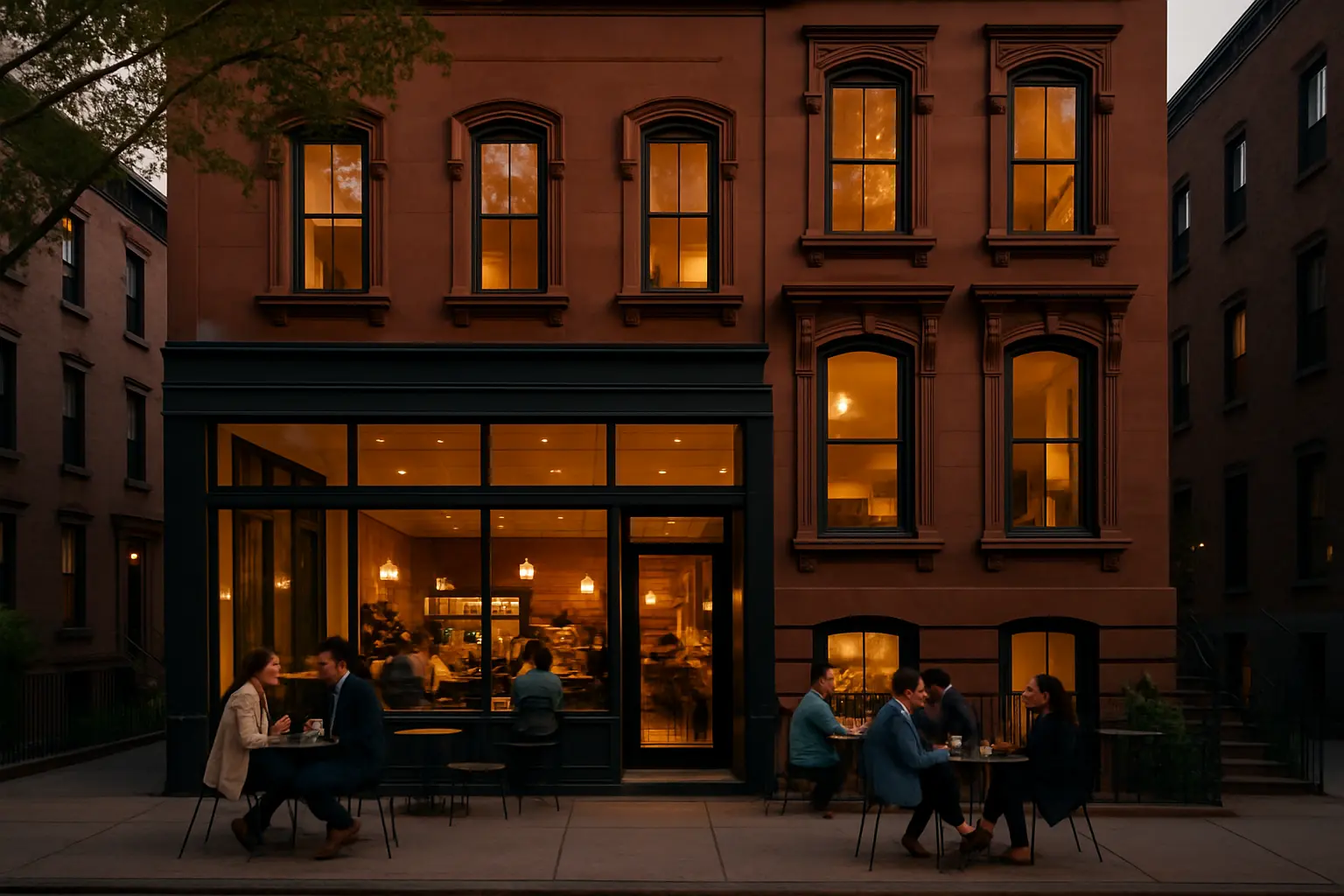Brooklyn's Hidden Gems: Converting Historic Brownstones into Mixed-Use Masterpieces
Discover how savvy investors are transforming classic Brooklyn properties into lucrative residential and commercial spaces while preserving their historic charm.

The Rising Trend of Mixed-Use Properties in Brooklyn
Brooklyn's historic brownstones, long admired for their architectural grandeur, are experiencing a renaissance as investors and developers discover innovative ways to blend residential comfort with commercial opportunity. These iconic structures, which have graced the borough's streets for over a century, are now being thoughtfully transformed into mixed-use properties that serve the diverse needs of modern urban communities.
In neighborhoods like Park Slope, Clinton Hill, and Fort Greene, savvy investors are recognizing the untapped potential of these historic properties. By converting ground floors into vibrant commercial spaces while maintaining residential units above, they're creating sustainable, community-centered developments that honor Brooklyn's architectural heritage while embracing contemporary urban living.
Balancing Residential Comfort with Commercial Appeal
The success of mixed-use brownstone conversions lies in thoughtful design that seamlessly integrates commercial and residential spaces. Key design strategies include:
- Separate entrances for commercial and residential areas
- Sound insulation between floors
- Strategic layout planning to maximize natural light
- Preservation of historic facades while modernizing interiors
- Installation of modern amenities without compromising historical character
Design Elements That Work
Successful conversions often feature ground-floor commercial spaces with high ceilings and large windows, creating inviting environments for businesses ranging from boutique retail to professional offices. The residential portions maintain the intimate charm of traditional brownstone living, with updated systems and modern conveniences thoughtfully integrated into the historic framework.
Navigating Zoning Laws and Preservation Requirements
Converting historic brownstones into mixed-use properties requires careful navigation of both zoning regulations and landmark preservation guidelines. Essential considerations include:
- Understanding local zoning requirements for mixed-use properties
- Obtaining necessary permits and certificates of occupancy
- Adhering to landmark preservation guidelines
- Meeting modern building codes while preserving historic elements
- Engaging with community boards and local preservation groups
"The key to successful brownstone conversion lies in finding the perfect balance between preservation and adaptation," notes a prominent Brooklyn-based architect. "These buildings must evolve to remain viable while maintaining their historic integrity."
The Future of Brooklyn Real Estate Investment
Mixed-use brownstones represent a compelling investment opportunity in Brooklyn's evolving real estate landscape. These properties offer multiple revenue streams through both commercial and residential tenants, while their historic character provides a hedge against market fluctuations. The combination of preservation and innovation creates unique spaces that appeal to both residents and businesses seeking authentic Brooklyn experiences.
Investment Benefits
- Diversified income streams from multiple tenants
- Strong appreciation potential in historic districts
- Tax incentives for historic preservation
- Reduced vacancy risk through mixed-use strategy
- Enhanced property value through thoughtful renovation
As Brooklyn continues to evolve, these transformed brownstones stand as testaments to the possibility of honoring architectural heritage while meeting contemporary urban needs. They represent not just smart investments, but contributions to the vibrant fabric of Brooklyn's neighborhoods, ensuring these historic structures remain relevant and valuable for generations to come.


